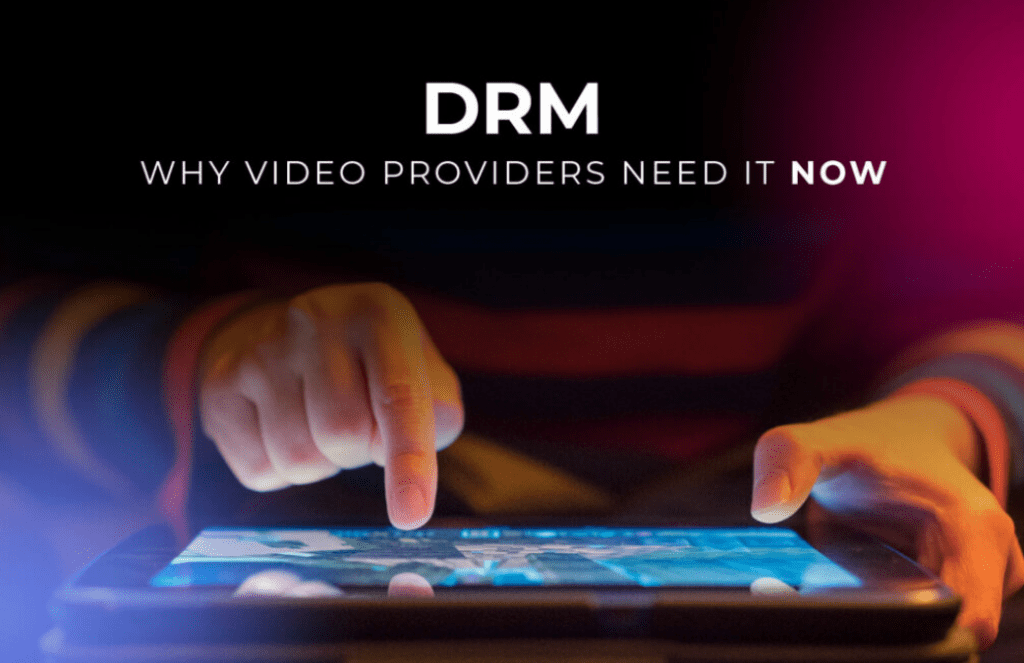Explore how DRM technology empowers creators with seven robust methods for safeguarding digital copyrights.
In the digital realm, DRM (Digital Rights Management) is a formidable guardian of digital content copyrights. Here, we delve into seven essential methods through which DRM technology fortifies the protection of intellectual property in the digital domain.
7 Ways DRM Safeguards Digital Content Copyright

1. Encryption and Access Control:
DRM employs robust encryption techniques to safeguard digital content. Access is granted solely to those possessing the appropriate decryption keys, effectively shielding copyrighted material from unauthorized access or distribution.
2. Prevention of Unauthorized Copying:
DRM incorporates anti-copying mechanisms, making it exceedingly challenging for unauthorized users to duplicate or reproduce digital content. This measure helps content creators maintain control over their intellectual assets.
3. Time and Device Restrictions:
DRM allows content providers to set limitations on the time duration or the number of devices on which their content can be accessed. This ensures that content is used within the bounds of licensing agreements and deters widespread sharing.
4. Counteraction of Screen Capture:
DRM technology includes measures to thwart screen capture and recording, reducing the risk of content theft through these means.
5. Expiry Dates and Usage Limits:
DRM permits the establishment of expiration dates for digital content or the imposition of usage limits. For instance, access to content may expire after a specific date or after a predefined number of views or interactions.
6. Geo-Blocking:
To adhere to regional licensing agreements and safeguard content distribution rights, DRM can enforce geo-blocking. This restricts access based on users’ geographic locations, IP addresses, or specific devices.
7. Watermarking for Ownership Assertion:
DRM facilitates the embedding of watermarks, such as text, images, logos, or slogans, within digital content. These watermarks serve as clear indicators of ownership and enhance brand recognition.
In summary, DRM Safeguards technology stands as a stalwart defender of digital content copyright through encryption, access control, and a range of protective measures. Content creators and copyright holders use these measures to preserve their intellectual property rights. They also maintain control over its dissemination in the digital landscape.
See more articles: The solution to protect copyrighted content DRM browser Chrome?


Recent Comments